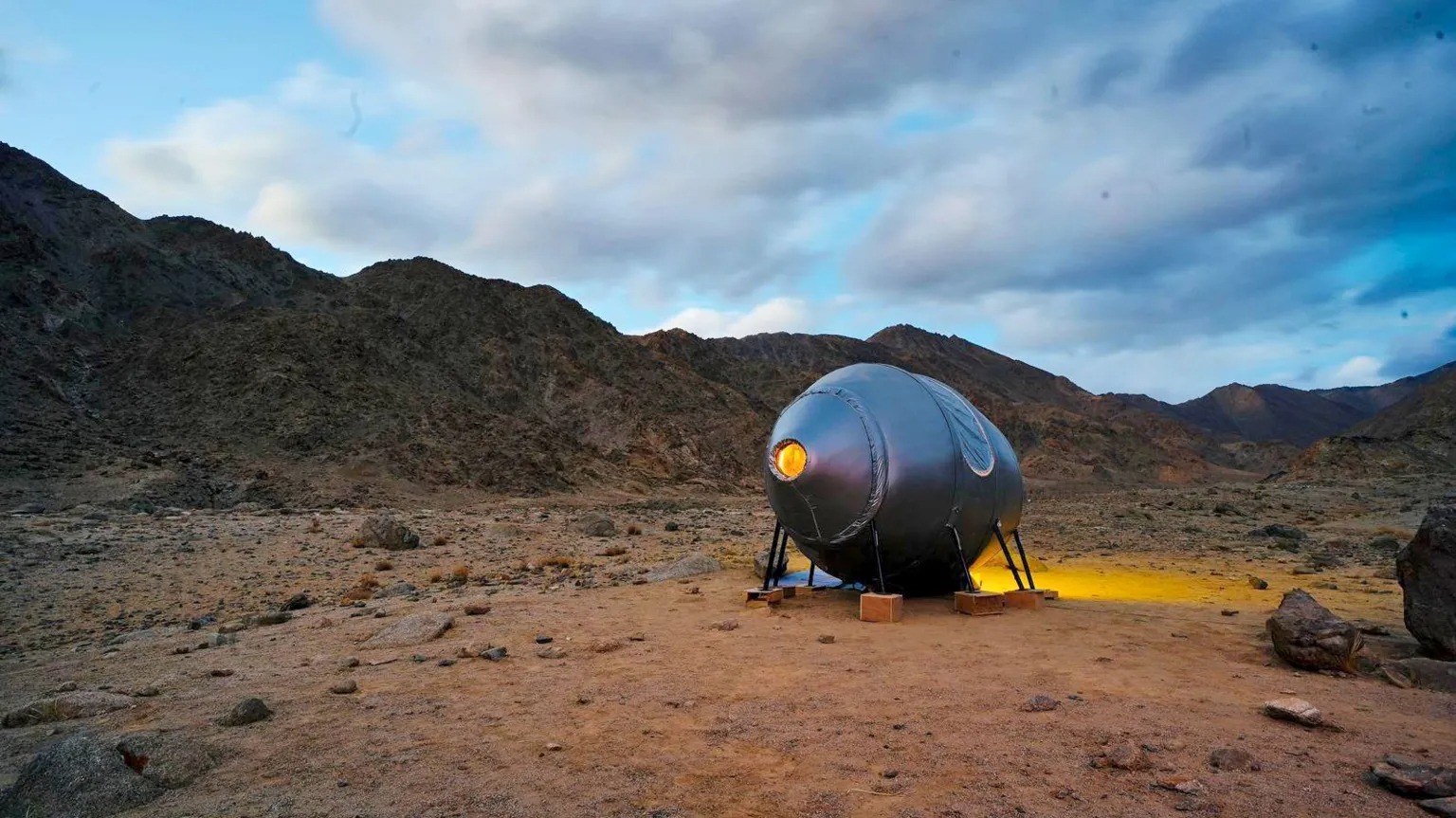A New Approach to Space Construction
For decades, space structures have been built on Earth and launched into orbit, constrained by rocket size and payload weight. The NOM4D program, initiated by DARPA in 2022, aims to change this by assembling structures directly in space. The concept involves sending lightweight raw materials to orbit and constructing large-scale infrastructure in microgravity.
Following successful ground-based tests, NOM4D is now preparing for small-scale orbital trials. Two key experiments will validate whether this method works beyond the lab. If successful, this approach could lead to the in-space construction of massive antennas, space labs, and solar power stations.
Upcoming Orbital Tests
Two research teams are leading the next phase of NOM4D:
- Caltech’s Lightweight Structural Assembly
In February 2026, Caltech will deploy its space construction technology aboard the Momentus Vigoride spacecraft as part of the SpaceX Falcon 9 Transporter-16 mission. The experiment will assemble a circular 1.4-meter structure, simulating a space antenna frame. This test will assess whether large-scale structures can be autonomously assembled from lightweight composite fibers. - University of Illinois’ Composite Formation in Space
Meanwhile, researchers from the University of Illinois at Urbana-Champaign, in collaboration with Voyager Space, will test a high-precision composite formation process during NASA’s NG-24 mission in April 2026. Their experiment will use frontal polymerization to bond carbon fiber tubes with liquid monomers, allowing structures to expand and harden without heat. This method is crucial for scalable space construction, with material availability being the primary constraint.
Additionally, a team from the University of Florida and NASA will conduct ground-based laser bending experiments to refine space construction techniques.
The Future of Space Infrastructure
If successful, NOM4D’s technology could transform space infrastructure. Future applications include massive orbital labs, communication antennas, and refueling stations for spacecraft. One long-term goal is to build 100-meter-wide antennas to enhance space situational awareness, particularly for lunar missions where communication challenges persist.
By shifting from Earth-based construction to in-space assembly, NOM4D could redefine how we build in space, making large-scale orbital structures more feasible than ever.





